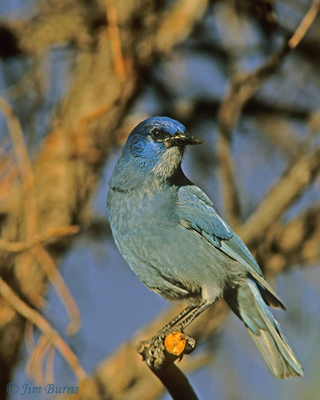But. . . .the editors missed one not so minor detail. The bird in the photo is labeled “Pinyon Jay,” a similar (well, at least they are in the same family and they’re both blue) species that would be a rare and unexpected visitor to metro Phoenix. How do egregious errors like this happen? I’m about to tell you, right? But first let me digress.
Recently one of the editors of the Republic’s op-ed page wrote an article describing how and why loss of confidence in our election system was hurting our democracy. It was, he wrote, “reeking [sic] havoc” on our politics. I suppose if the havoc being wreaked smelled of corruption, then a case could be made to use the word “reek,” but I know this editor to be an erudite and careful journalist. It is not possible he has never seen or himself used the term “wreaking havoc.”
I believe errors like this arise from an unholy conjunction of three factors: an unwillingness by media corporations to pay for more content editors; an over usage of spell checking programs; and the dumbing down of the English language by social media. In regard to this last issue, there are teachers who are now so concerned with junior high schoolers not being able to read cursive they’d like to see it taught as a foreign language!
Birds and birding are getting dumbed down as well. I can remember when, as a young adult, I decided I wanted to be able to pin a correct label on birds seen while backpacking, and how excited I was to finally get my first field guide. I also remember the time and patience it then took to separate related and look alike species and begin to parse plumage and bill differences. It was a learning curve, sometimes lengthy and steep, but I found it rewarding, and educational, to try to figure out what I was seeing in the field by matching it closely to an image in the field guide.
My birding mentor, Pat Beall, was adamant about not adding a bird to her Life List if she had not or could not identify it herself/by herself. I’m hardly active on social media at all, but I do belong to a couple photo sharing bird groups, one of which encourages members to send in pictures of birds they have taken but can’t identify. As more and more outdoor enthusiasts carry cameras, many of them are seeking help on sites like this. On the one hand this has undoubtedly hooked many new birders, but to me it is neither making them better birders nor helping the birds, and this cuts in two directions.
First, birding has in one sense become too easy. Newcomers, relying solely on the experts, are not taking the time and trouble to study and learn about the birds themselves. Secondarily, overlooked is the fact that working harder and longer to get a good, diagnostic photograph can greatly aid someone new to birding in the understanding of how related species differ, and how they interact with one another and with their environment--habits, habitats, seasonal movements--the niche they occupy on the planet and why.
No less an expert than Julie Zickefoose, an Advising Editor of the new, improved, and totally awesome Bird Watcher’s Digest, recently concluded a similar rant about the short shrift given to birds and birders in the media with this—“Surely we can do better . . . why do we not routinely fact-check audio, or much of anything else concerning birds in media?” Well, this column’s title and the fourth paragraph above are my best answers. If you enjoy birds and birding, or especially if you’re going to pass along presumably accurate information to readers and listeners, buy a damn field guide and use it!

Woodhouse's Scrub-Jay

Pinyon Jay